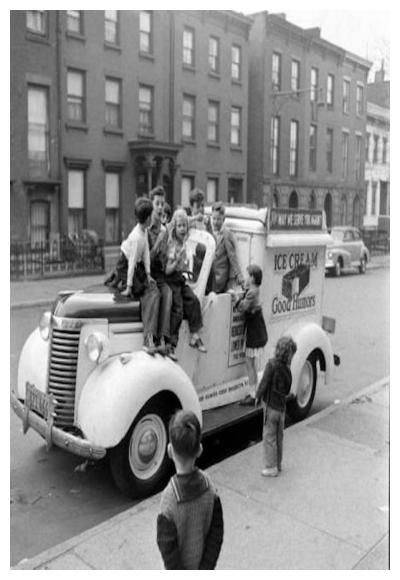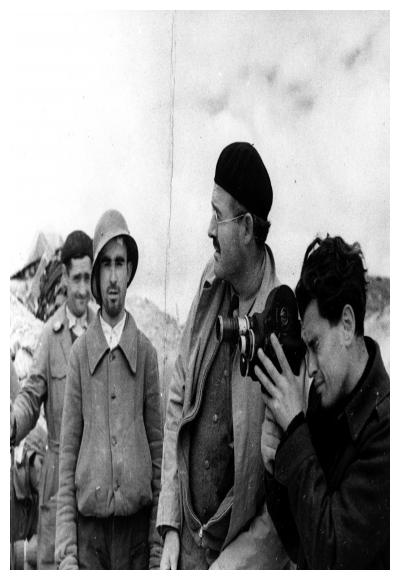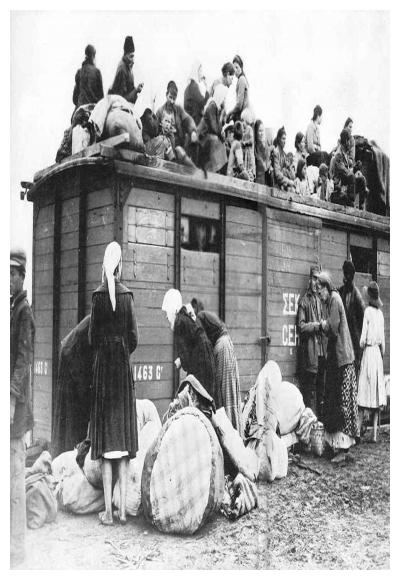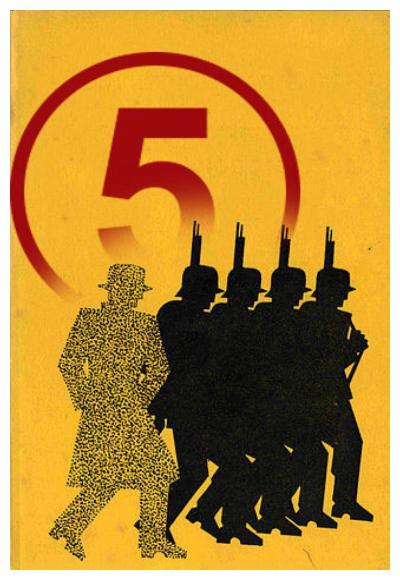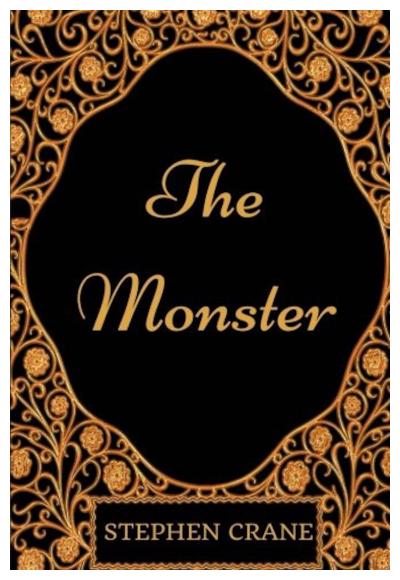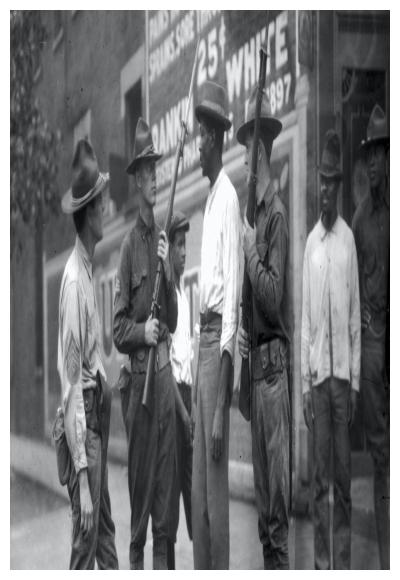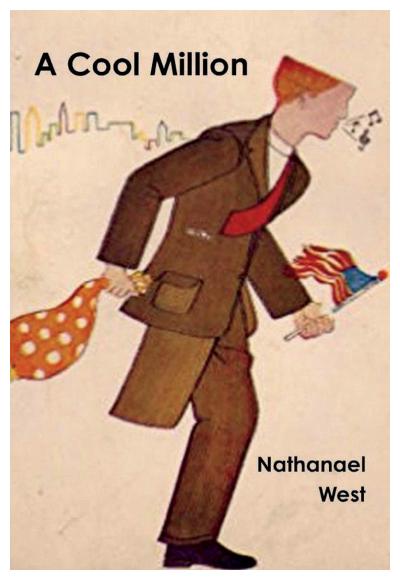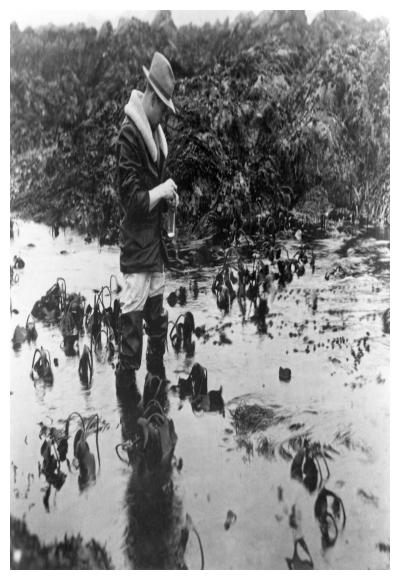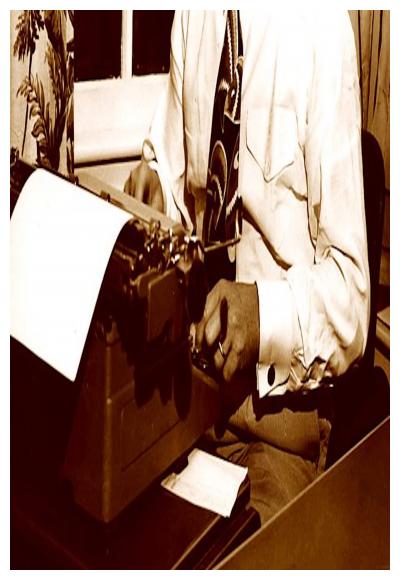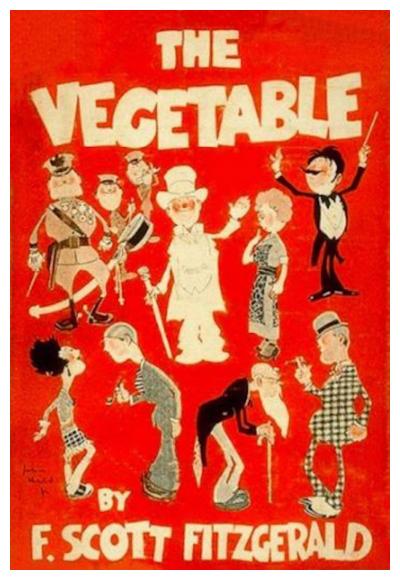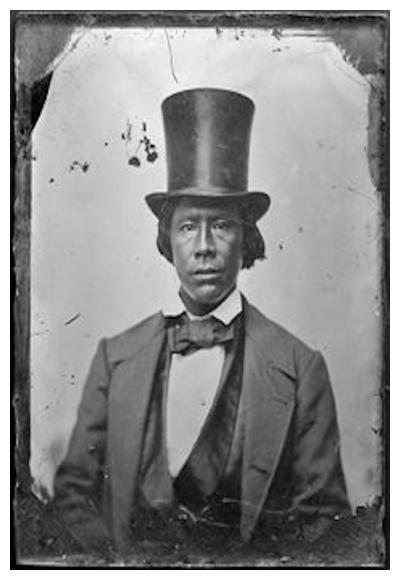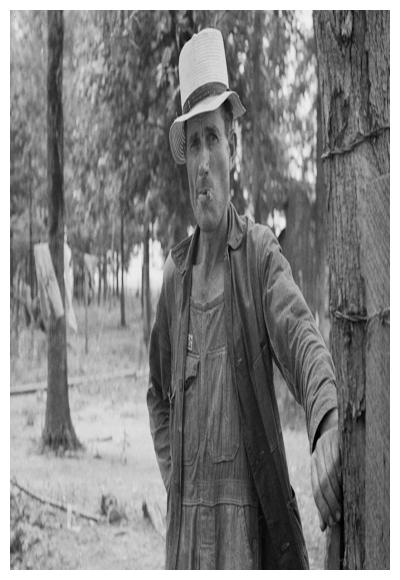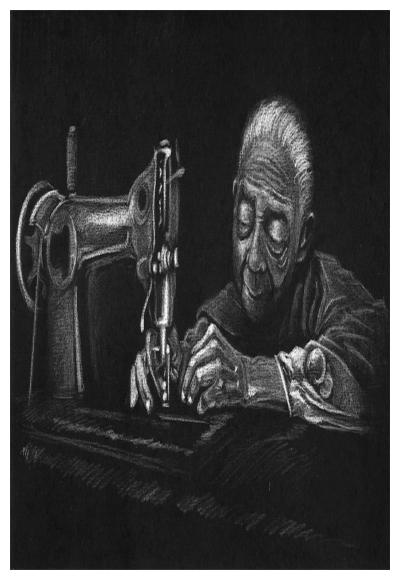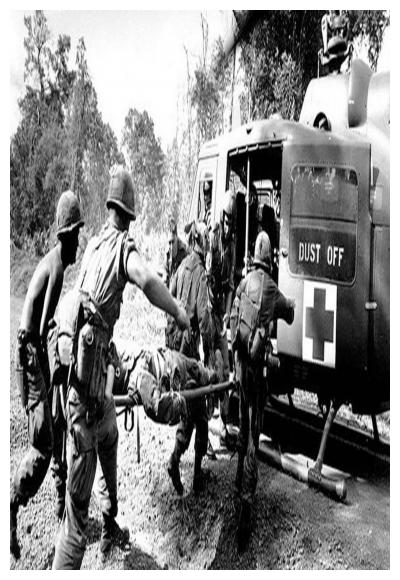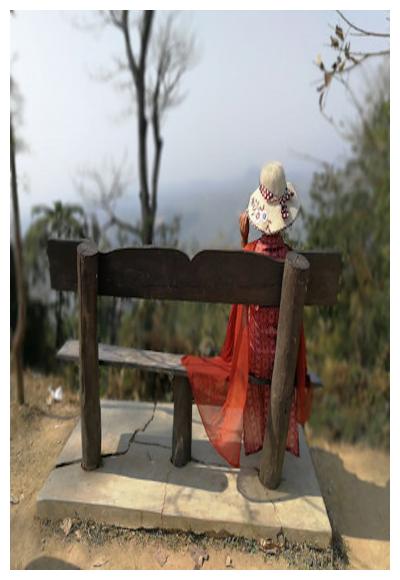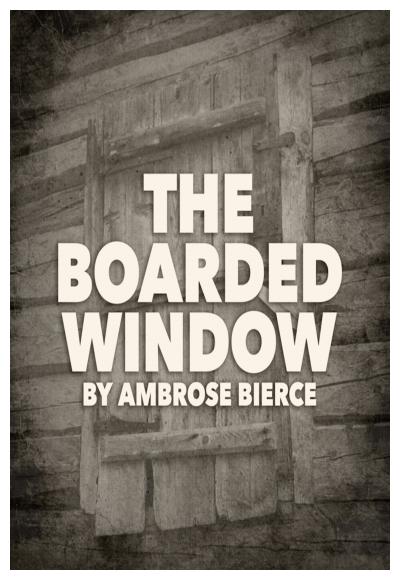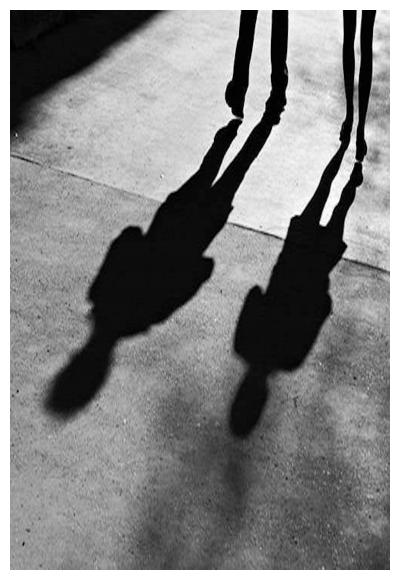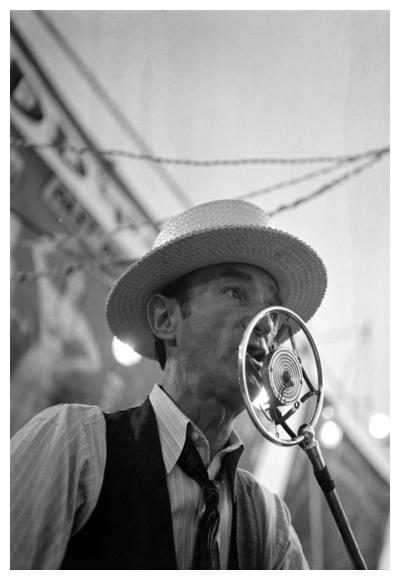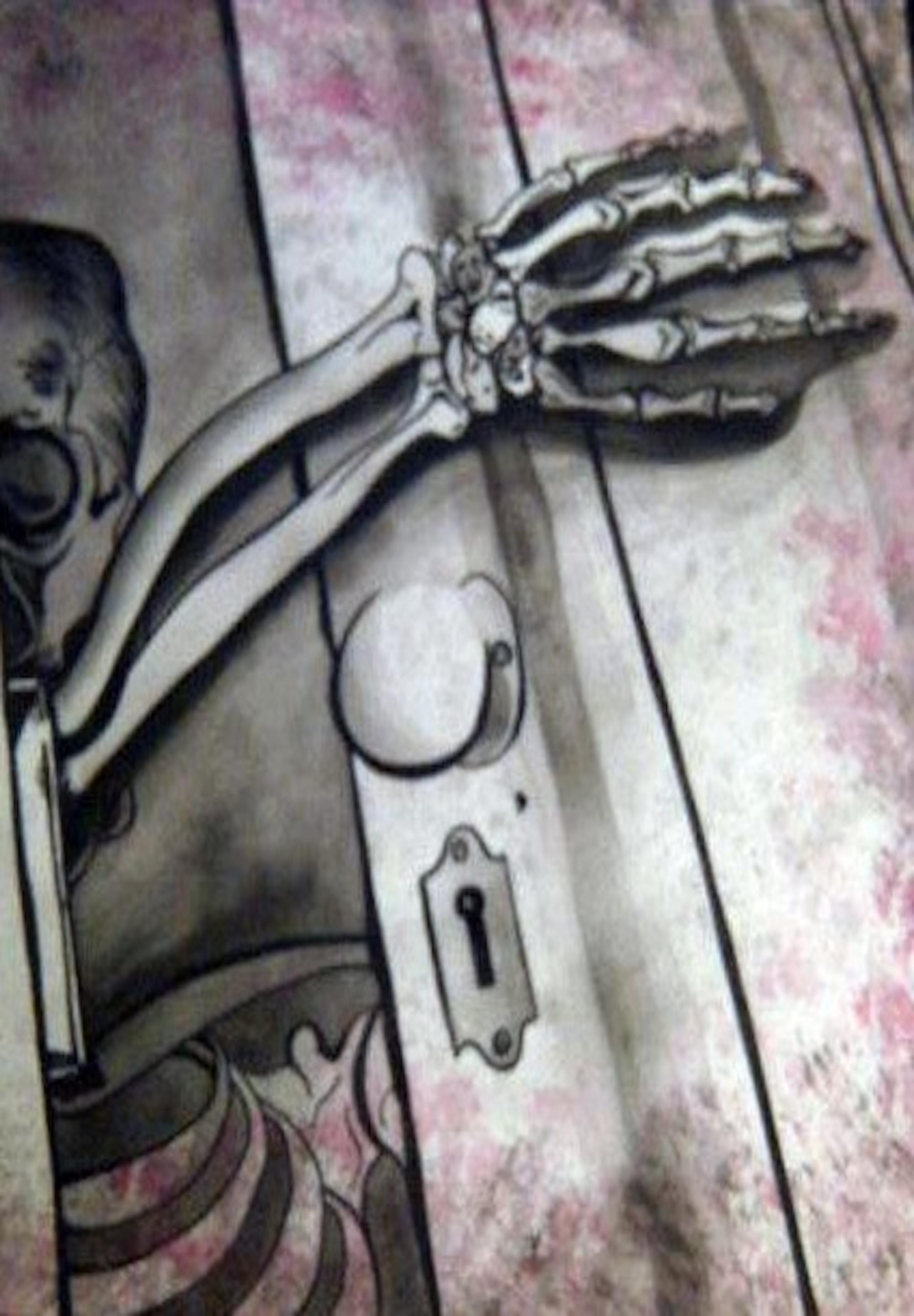
Synopsis/Details
Rural New Hampshire, 1922. A traveler stops for shelter one night at the Coös County farmhouse of a widow and her son. As the traveler listens, the old woman and her son do all the talking, bringing to light a dark deed from the past that has haunted them for more than four decades. The widow, who possesses occult powers that stem from a neurotic projection of sexual guilt, reveals for the first time what it is she has feared all these years. Goaded by the remarks of her son, she identifies some bones nailed away in the attic as those of a former lover: a man her husband killed for her—or rather, a man her husband killed instead of her—and buried (with his wife’s assistance) in the cellar.
Driven by her guilt, this witch recounts that on a winter’s night forty years ago, the bones left their shallow grave in the cellar and came upstairs seeking vengeance as well as escape. Only the woman hears the steps on the stairs—all the way up to her bedroom and then to the attic. Her hus¬band does not hear the steps. In the grip of fear, she nonetheless forces him to nail the bones behind the attic door and push the headboard of their bed against it.
Before leaving the widow and her son, the traveler reveals that, some years ago, he used to live in the Coös area but that, along with the rest of his family, he left after the mysterious death of his father. The traveler then says he thinks he was drawn to this particular farmhouse, in this place and on this night, by a spell cast by the old woman herself. Then the man departs—but not before matching the name on the mailbox with the name on a piece of paper in his pocket: that of Toffile Lajway, the very husband of the witch inside the house.
Story & Logistics
Story Type:
Pursuit
Story Situation:
Crimes of love
Story Conclusion:
Surprise Twist
Linear Structure:
Linear
Moral Affections:
Condemnation, Guilt, Impenitence, Intemperance
Cast Size:
Few
Locations:
Single
Special Effects:
Minor cgi
Characters
Lead Role Ages:
Female over 45, Male Adult, Male Middle Aged
Hero Type:
Ordinary
Villian Type:
Femme/Homme Fatale
Stock Character Types:
Crone, Everyman, Mother's boy
Advanced
Adaption:
Based on Existing Fiction
Subgenre:
Drama, Ethnic Family Saga, Life Story, Literary Adaption, Small-town Life
Equality & Diversity:
Female Protagonist
Life Topics:
Death, Mid-life Crisis/Middle Age
Super Powers:
Physics or reality manipulation
Time Period:
Interwar period (1918–1939), Late modern period, Machine Age (1880–1945), Roaring Twenties (1920–1929)
Country:
United States of America (USA)
Time of Year:
Autumn/Fall
Relationship Topics:
Emotions and feelings, Endings, Jealousy, Non-monogamy, Sexual, Sexuality, Widowhood
Writer Style:
Rod Serling, Stanley Kubrick, Stephen King

